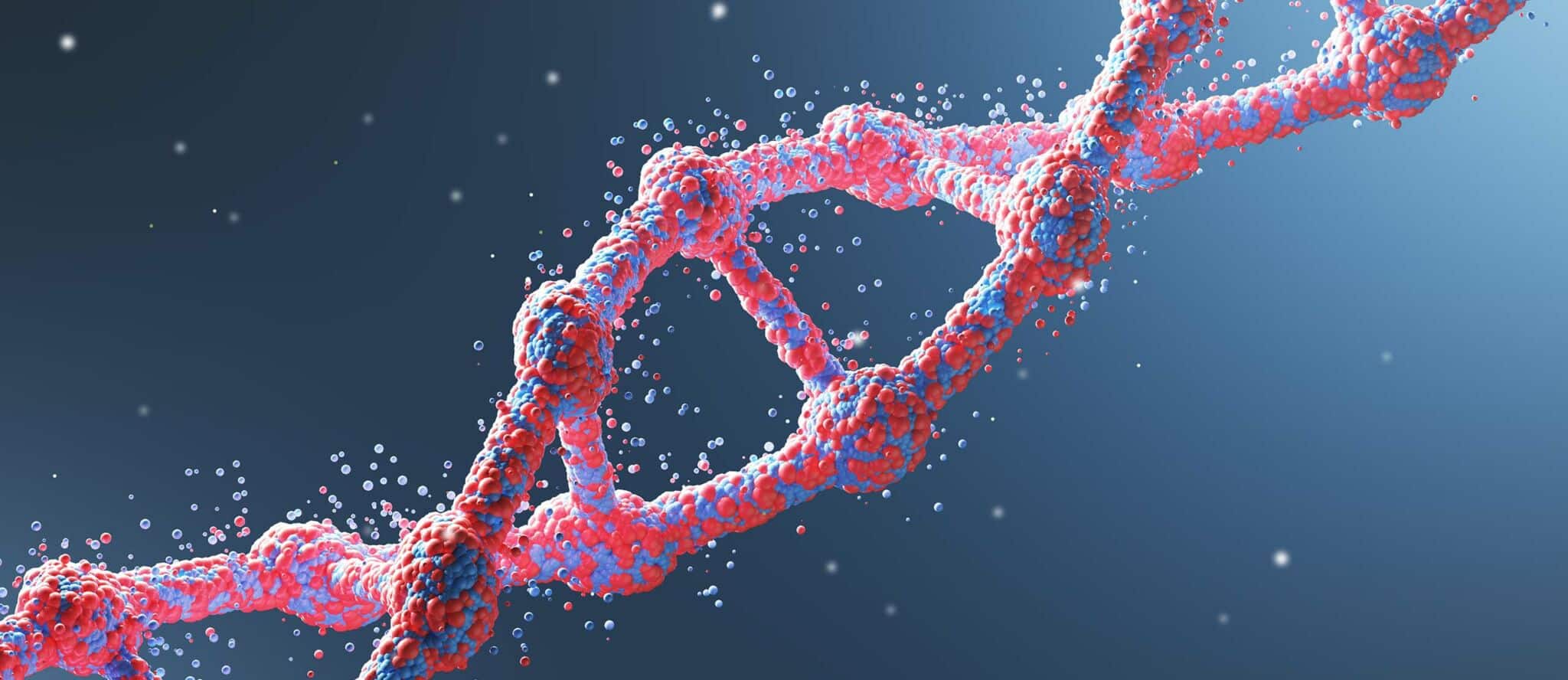

The second level Master’s Degree in Omic Data Analysis is a multi-department course promoted by the Departments of Cardiothoracic-Vascular and Public Healthcare Sciences, Statistical Sciences, Biology, and Information Engineering of the University of Padua, to treat omic data, that is, those data coming from genomic, transcriptomic, epigenomic, metagenomic, metabolomic and proteomic experiments.
The course deals with relevant topics for public and private research centres, hospitals and pharmaceutical industries, who often collect a great deal of omic data and require suitably trained personnel to analyse them.
The purpose of the Master’s Course is learning and using statistical and computer techniques to manage such data, which are becoming increasingly important in basic research and in medical research and practice.
The course units of the Master’s Degree in Omic Data Analysis provide training on the following topics:
- Gene expression sequencing and quantification techniques;
- Transcriptomics;
- Metabolomics and proteomics;
- Genomics and epigenomics;
Metagenomics and single-cell data.
The Master’s Degree in Omic data analysis provides technical and scientific specialization for professionals with a background in mathematics, statistics, computer science and bioengineering, to explore the analysis of omic data, and the advanced training of professional figures with a biology and medical background, by providing the tools and technical knowledge to analyse data generated by public and private medical research and practice.
Career opportunities include public and private research centres, hospitals and the pharmaceutical industry.
The Master’s Degree in Omic Data Analysis provides training on:
Module 1: GENE EXPRESSION SEQUENCING AND QUANTIFICATION TECHNIQUES
Overview on the use of R for omic data analysis, with focus on the Bioconductor project. Introduction to gene expression sequencing, sequence alignment and quantification techniques.
Module 2: TRANSCRIPTOMICS
Statistical and computational techniques for gene expression analysis.
Module 3: METABOLOMICS AND PROTEOMICS
Exploration of the statistical techniques and tools useful to study specific data (proteome and metabolome).
Module 4: GENOMICS AND EPIGENOMICS
Deepening of genome-wide association studies and of chromatin and transcription factor study techniques.
Module 5: METAGENOMICS
The greatest statistical and computational challenges in metagenomic data analysis.
Module 6: SINGLE-CELL DATA
Advanced statistical and computational techniques for single-cell data analysis
The Master’s Degree in Omic data analysis is a Level 2 course with remote classes; lessons will begin in December 2025 and will last one year, until June 2026. The course is 36 week long, including 21 weeks of online lessons and 10 weeks of project work. Each module lasts 3/4 weeks. Approximately 4 hours of lessons will be held per week. Lessons are recorded and available online on the Moodle platform of the DCTV Department Master, University of Padua.
At the end of each module, attendees will have the time to replay the video lesson, followed by on-demand homework to test the competencies acquired.
At the end of the lessons, a project work will be assigned, also based on the attendees’ personal and professional interest, in agreement with the professors and tutors. The project work will be drafted between June and July, and it will be the basis for the diploma-awarding discussion in September, on the Zoom platform.
Since the Master’s Course is held online, it can also be attended by full-time workers; it has been designed for students and professionals who wish to combine other activities and professions with the need to qualify or further specialize
The general ranking of merit for the academic year 2025/26 will be published on the Italian page of this Master according to the timing provided in the Call.
Information
FAQ
There will be no stages/traineeships, as they are deemed to be irreconcilable with the profile of the Master’s attendees. However, students will have the chance to tackle actual scientific matters and databases, proposed by the Direction during lessons and project works. There will be a final project work that can be completed also on the student’s workplace analysis and data. The topic will be agreed with the course’s professors.
No, unfortunately there will not be any form of facilitation. Pursuant to Art. 2 of the Regulation for University Master’s Degree, Postgraduate Course and Higher Education Courses, there is the option of supernumerary admission for University staff, to the extent of 10% of the maximum quantity of applicants that can be enrolled in each Master’s Course. The enrolment quota for the University administrative-technical staff (PTA) is equal to 20% of the quota provided for each Master’s Course.
Attendance is mandatory. A maximum absence threshold of 30% is allowed. However, since video-lessons are pre-recorded, they can be watched at any time, and it is therefore easy to catch up with the study plan. The course administrative office and the professors are available to help students in case of onerous engagements or periods of intense work.
Being a Level 2 Master’s Course, it can be accessed by anyone who holds a master’s degree or specialist degree in one of the fields specified in the reference call. For details on the requirements, please see the reference call. There will be no admission test. Evaluation is based on the titles.
For more information on the Directors and Professors, and for useful insights on the Master’s Degree in Omic Data Analysis, you can watch the presentation video here: Omic data analysis | Department of Cardiothoracic-Vascular | University of Padua (unipd.it)

